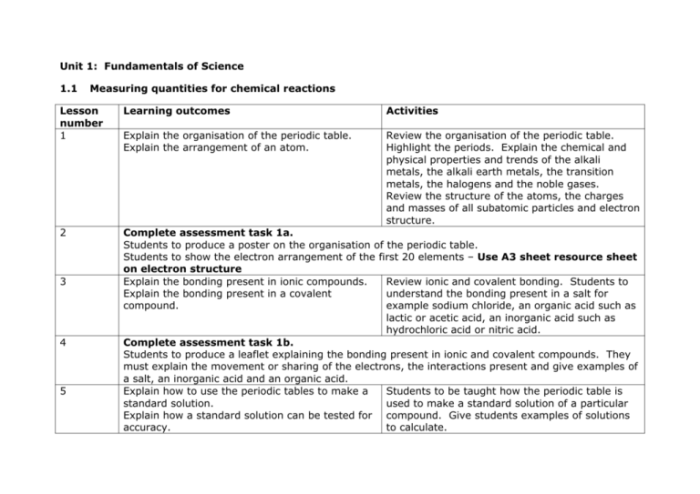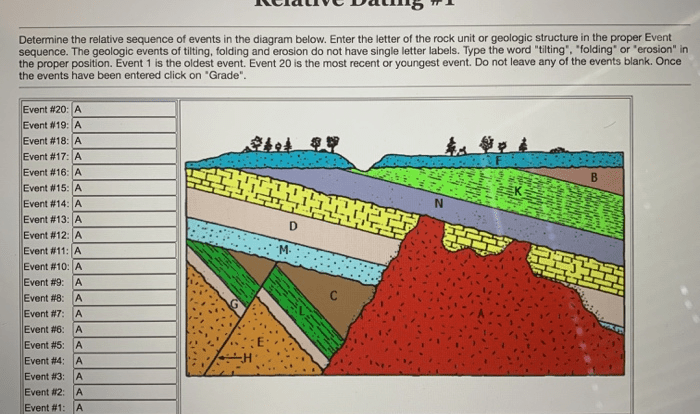Embark on a scientific journey with Redi’s experiment worksheet answer key, a comprehensive guide that unveils the groundbreaking experiment that challenged the long-held belief in spontaneous generation. This key provides an in-depth understanding of Redi’s meticulous methods, insightful observations, and the profound implications of his findings.
Delve into the historical context, experimental design, and groundbreaking results that revolutionized our understanding of life’s origins. Explore the significance of Redi’s experiment, its influence on scientific thought, and its enduring legacy in modern-day research.
1. Introduction to Redi’s Experiment

The 17th century marked a period of significant scientific advancements, particularly in the field of biology. One notable experiment conducted during this time was Redi’s experiment, which challenged the prevailing theory of spontaneous generation and laid the foundation for the modern understanding of biogenesis.
Francesco Redi, an Italian physician and naturalist, hypothesized that living organisms arise from pre-existing life, contradicting the widely held belief that maggots spontaneously emerged from decaying meat. To test his hypothesis, Redi designed a meticulous experiment that would revolutionize the field of biology.
2. Methods and Procedures

Redi’s experiment involved a series of controlled observations and comparisons. He utilized several jars, each containing a piece of meat. Some jars were left open to the air, while others were sealed with a fine gauze or parchment paper, allowing air to enter but preventing flies from reaching the meat.
Redi carefully observed the jars over several days, meticulously recording his findings. He noted that maggots appeared only in the open jars, where flies had access to the meat. In contrast, the jars sealed with gauze or parchment remained maggot-free.
| Jar | Treatment | Observations |
|---|---|---|
| 1 | Open | Maggots appeared within days |
| 2 | Sealed with gauze | No maggots appeared |
| 3 | Sealed with parchment | No maggots appeared |
3. Results and Observations
Redi’s experiment yielded clear and decisive results. Maggots only developed in the open jars, where flies could lay their eggs on the decaying meat. The sealed jars, on the other hand, remained maggot-free, demonstrating that maggots did not spontaneously arise from the meat itself.
These observations strongly supported Redi’s hypothesis that living organisms originate from pre-existing life. They refuted the long-held belief in spontaneous generation and provided empirical evidence for the principle of biogenesis.
4. Extensions and Applications
Redi’s experiment had a profound impact on the development of scientific thought. It challenged the prevailing notions of spontaneous generation and laid the foundation for the modern understanding of biogenesis.
The principles of Redi’s experiment continue to be applied in modern-day scientific research. For example, scientists use sterile techniques to prevent contamination in laboratory experiments and medical procedures.
5. Limitations and Criticisms: Redi’s Experiment Worksheet Answer Key

While Redi’s experiment was groundbreaking, it had some limitations. One criticism was that the gauze or parchment used to seal the jars might have prevented not only flies but also other microorganisms from reaching the meat.
Subsequent experiments addressed this limitation by using more stringent methods to sterilize the jars and the meat. These experiments further supported Redi’s findings and solidified the principle of biogenesis.
Detailed FAQs
What was the purpose of Redi’s experiment?
Redi’s experiment aimed to challenge the prevailing belief in spontaneous generation, which held that living organisms could arise from non-living matter.
How did Redi conduct his experiment?
Redi used jars containing meat, some sealed and others open to the air. He observed that maggots only appeared in the open jars, supporting his hypothesis that flies laid eggs on the meat, rather than the meat spontaneously generating maggots.
What were the key findings of Redi’s experiment?
Redi’s experiment provided strong evidence against spontaneous generation, demonstrating that living organisms arise from pre-existing living organisms.
